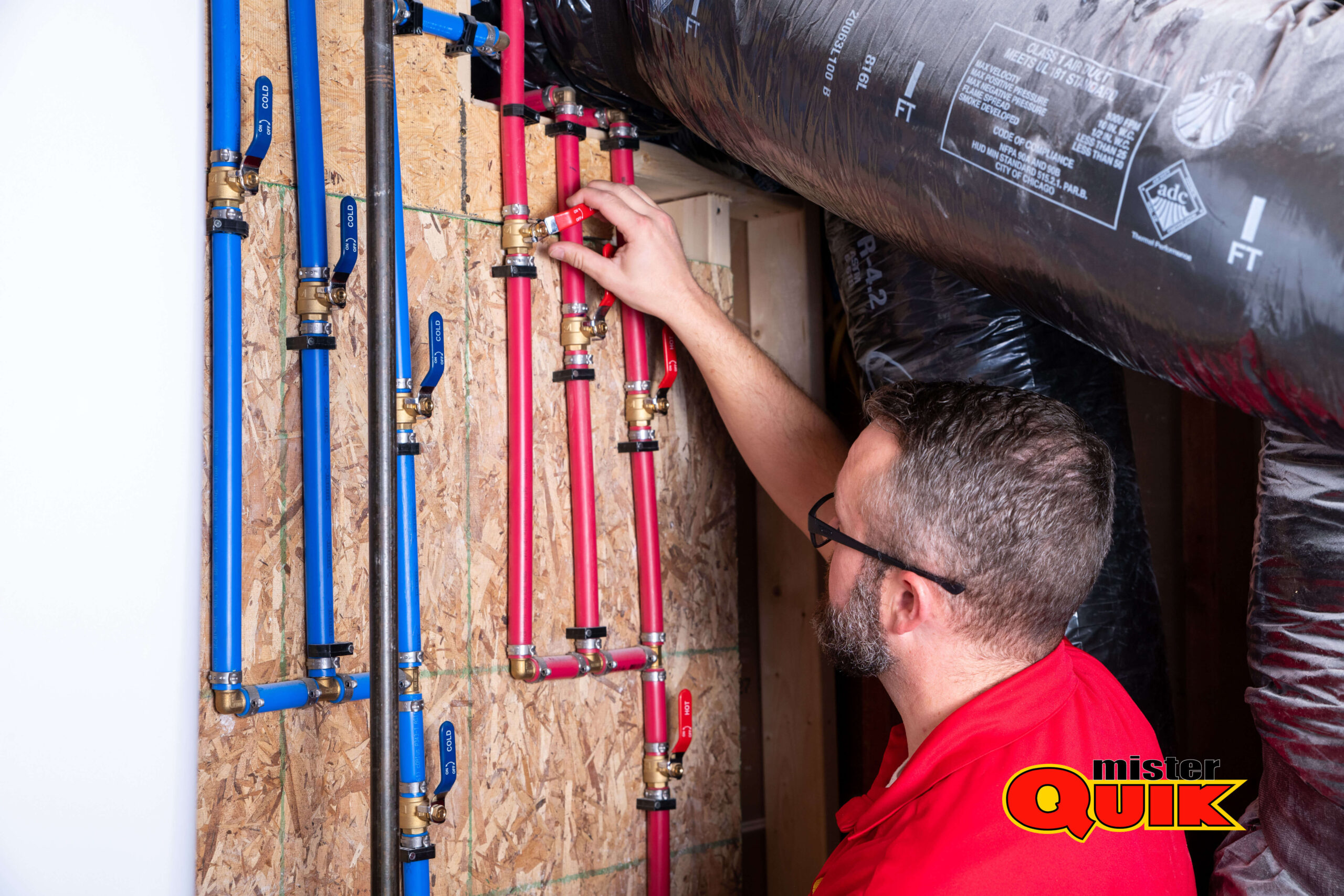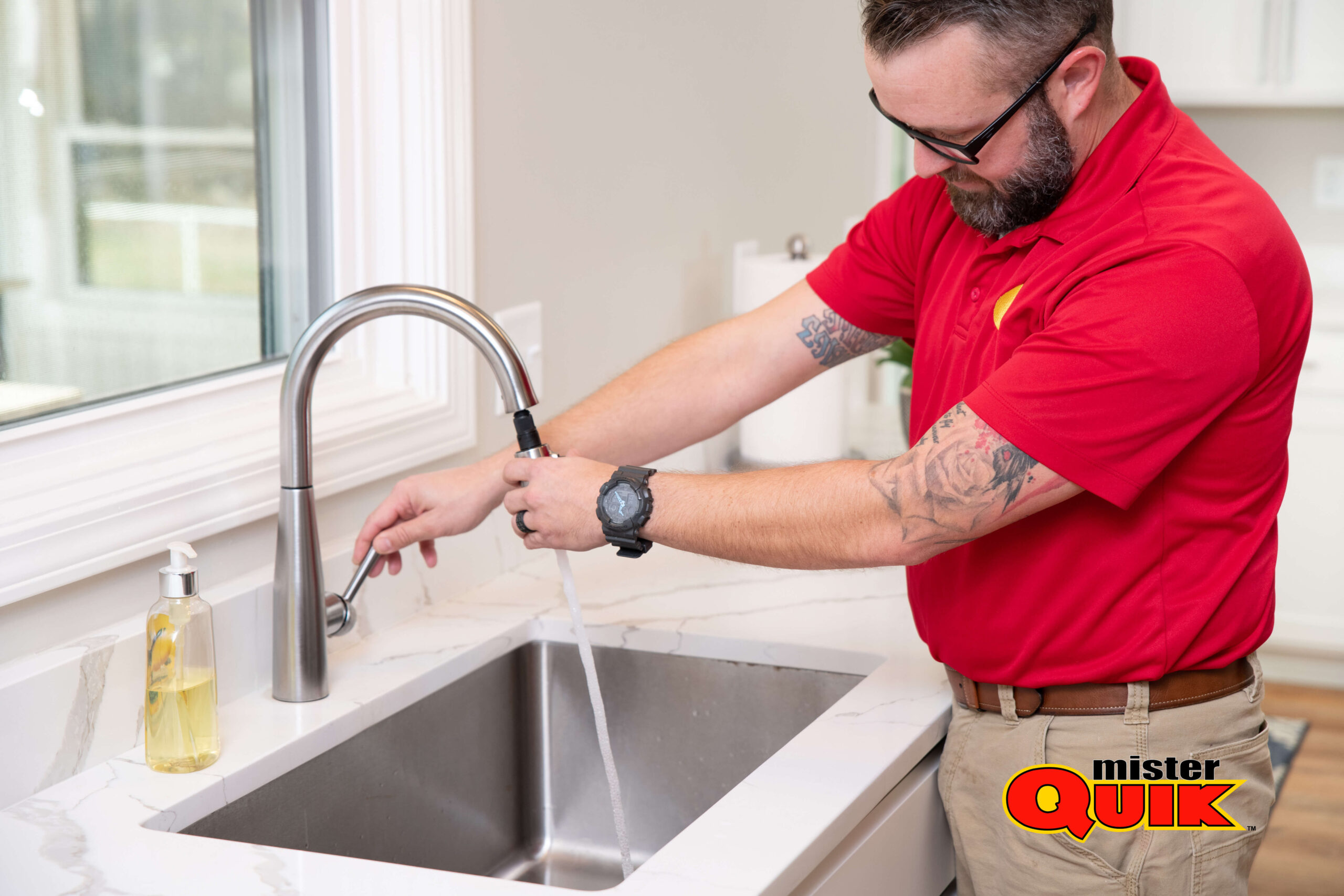Water Heater Flush Indianapolis

Water heater flush near me
Is your water heater not performing at its best? If you’re a homeowner in the City of Indianapolis, a water heater flush might be the solution you need to ensure optimal performance and extend the lifespan of your appliance. Here’s what you need to know about water heater flush services near you:
- Benefits of a Water Heater Flush:
- Improved Efficiency: Over time, sediment buildup can decrease the efficiency of your water heater. A flush helps remove this sediment, allowing your unit to operate more efficiently.
- Extended Lifespan: Regular maintenance, including flushing, can contribute to a longer lifespan for your water heater, saving you money on premature replacements.
- Consistent Hot Water: By removing sediment and mineral deposits, a flush can restore your water heater’s ability to provide a steady supply of hot water.
- Cost Considerations:
- Affordable Maintenance: Compared to the cost of a new water heater, a flush is a cost-effective way to maintain your current unit.
- Potential Energy Savings: A more efficient water heater can lead to lower energy bills, providing long-term cost savings.
- Avoiding Repairs: Regular maintenance, like flushing, can help you avoid costly repairs that may arise from neglecting your water heater’s needs.
- Water Heater Flush Process:
- Professional Service: It’s advisable to hire a professional for the flush to ensure a thorough and safe process.
- Frequency: Experts recommend flushing your water heater annually, but consult your service provider for personalized advice based on your usage and water quality.
- Safety Precautions: Flushing involves turning off the heater, draining the tank, and then refilling it. Professionals take necessary precautions to prevent any issues during this process.
Don’t let a poorly performing water heater disrupt your daily routine. Invest in a water heater flush to enhance efficiency, extend the unit’s lifespan, and ensure a consistent supply of hot water in your Indianapolis home. With affordable maintenance costs and potential energy savings, it’s a proactive step that can help you avoid more significant issues in the future. Contact a trusted local service provider today to schedule your water heater flush and enjoy the benefits of a well-maintained home appliance.
Water heater flush Indianapolis prices
Welcome to the guide on water heater flush services in Indianapolis – a crucial maintenance step for homeowners seeking to optimize their water heating systems. Regular flushing ensures the longevity and efficiency of your water heater, preventing sediment buildup that can lead to costly repairs and decreased performance. In this comprehensive overview, we’ll delve into the prices associated with water heater flush services, explore the factors influencing costs, and guide you towards the best options for enhancing your home’s comfort and utility.
Factors Influencing Prices:
Larger units or those with advanced features may incur higher costs.
If your water heater hasn’t been flushed in a while, the accumulated sediment may impact the service duration and, consequently, the pricing.
Prices may vary among different companies, so it's advisable to obtain quotes from reputable providers in Indianapolis.
Emergency flushes might be pricier, emphasizing the importance of regular maintenance to avoid unexpected issues.
Flushing a water heater typically takes around 30 to 45 minutes to complete. However, the exact time can vary depending on factors such as the size of the tank, the amount of sediment buildup, and the efficiency of the flushing process.
Flushing a water heater involves a straightforward process to remove sediment and mineral buildup from the tank. Begin by turning off the power or gas supply to the water heater and allowing the water inside to cool down. Next, connect a garden hose to the drain valve located near the bottom of the tank and place the other end of the hose in a safe drainage area, such as a floor drain or outside. Open a hot water faucet in your house to allow air into the tank and facilitate drainage. Then, carefully open the drain valve and let the water drain completely. Once the tank is empty, close the drain valve and refill the tank by turning on the cold water supply. Repeat the process of draining and refilling if necessary until the water runs clear. Finally, close the faucet and turn the power or gas supply back on to resume normal operation of the water heater.
Water heaters should ideally be flushed at least once a year to remove sediment and mineral buildup that accumulates at the bottom of the tank. However, the frequency of flushing may vary depending on factors such as water hardness, usage patterns, and the age of the water heater. Homes with hard water or those experiencing frequent sediment buildup may require more frequent flushing, perhaps every six months or even quarterly, to maintain optimal performance and prolong the lifespan of the water heater.
While flushing the water heater is generally beneficial for removing sediment buildup and maintaining its efficiency, there are potential risks if not done properly. Flushing can dislodge accumulated sediment and debris, which may clog pipes, valves, or the drain itself if not adequately cleared during the process. Additionally, if the water heater has not been flushed regularly, disturbing the sediment may release particles that can circulate and potentially cause blockages in faucets, showerheads, or other plumbing fixtures throughout the household.
If you neglect to flush your water heater regularly, several issues can arise due to the accumulation of sediment and mineral deposits at the bottom of the tank. Over time, sediment buildup can insulate the bottom of the tank, causing it to overheat and deteriorate faster, leading to premature failure. The sediment can also impede the heating elements or burner, reducing the heater’s efficiency and increasing energy consumption. Additionally, the presence of sediment can promote corrosion of the tank, leading to leaks and potential water damage in your home. Ultimately, neglecting to flush your water heater can result in decreased performance, higher energy bills, costly repairs, and the need for early replacement of the unit.
How to flush sediment from water heater
If you’re a homeowner in the City of Indianapolis, ensuring the efficiency and longevity of your water heater is crucial for a comfortable living space. Over time, sediment buildup in your water heater can reduce its efficiency and potentially lead to various issues. Flushing out the sediment is a simple yet essential maintenance task that can significantly improve the performance and lifespan of your water heater. In this guide, we’ll provide you with easy-to-follow steps and valuable information to help you flush sediment from your water heater effectively.
Steps to Flush Sediment from Your Water Heater:


Before starting the flushing process, turn off the power supply to the water heater. If it’s an electric heater, switch it off from the circuit breaker. For gas heaters, set the thermostat to the “pilot” position.
Identify the drain valve at the bottom of the water heater. It is typically a brass or plastic valve with a hose bib connection.
Attach a garden hose to the drain valve, ensuring it is securely fastened. Place the other end of the hose in a suitable drainage area, like a floor drain, or outside where it won’t cause any damage.
To allow for a smoother flow of water, open the pressure relief valve at the top of the water heater. This prevents a vacuum from forming in the tank.
Open the drain valve and let the water flow out for about 5-10 minutes or until it runs clear. Be cautious, as the water may be hot. Once the water runs clear, close the drain valve.
Water heater flush instructions
Regularly flushing your water heater is a crucial maintenance task that ensures efficiency and helps prevent potential issues down the line. In this guide, we’ll provide you with clear and easy-to-follow instructions on how to flush your water heater, promoting longevity and peak performance for this essential home appliance.
Why Flush Your Water Heater:


Over time, mineral deposits and sediment can accumulate in your water heater tank, reducing its efficiency.


Flushing your water heater helps it operate more efficiently, leading to lower energy bills and improved overall performance.



Regular maintenance, including flushing, can extend the lifespan of your water heater, saving you money on premature replacements.



For electric water heaters, switch off the power at the circuit breaker. For gas heaters, set the thermostat to the "pilot" setting.
Flushing versus draining water heater
Maintaining your water heater is crucial for the optimal performance of your home’s plumbing system. Two common methods for upkeep are flushing and draining the water heater. As a homeowner in the City of Indianapolis, understanding the difference and knowing the best approach can save you from future plumbing issues. Let’s delve into the details, costs, and best options to help you make an informed decision.
1. Flushing Your Water Heater
- Purpose: Flushing removes sediment and mineral buildup, ensuring efficient heating and preventing corrosion.
- Process: Connect a hose to the drain valve, run it to a drain or outside, turn off the heater, open the drain valve, and let water flush through until it runs clear.
- Frequency: It’s recommended to flush your water heater annually to maintain its efficiency.
- Costs: DIY flushing is cost-effective, requiring only basic tools and a hose. Hiring a professional may range from $89 to $200.
2. Draining Your Water Heater
- Purpose: Draining removes all water from the tank, useful for storage or if you’re experiencing issues with the heating element.
- Process: Turn off the heater, connect a hose to the drain valve, and empty the tank by opening the valve. Be cautious, as this may take longer than flushing.
- Frequency: Draining is generally done when necessary, such as when moving, replacing the heater, or troubleshooting issues.
- Costs: DIY draining is also cost-effective. If professional assistance is needed, it may cost between $100 and $300 depending on the complexity.
3. Choosing the Best Option
- Consider Usage: If you have hard water or notice reduced efficiency, flushing is beneficial. Draining is more suitable for specific situations, such as relocation.
- Professional Assistance: While both tasks can be DIY, consulting a professional ensures proper execution and may prevent potential damage.
- Regular Maintenance: Regardless of the method chosen, regular maintenance is key to avoiding costly repairs and extending the lifespan of your water heater.
Water heater flush schedule
Ensuring the optimal performance of your water heater is essential for maintaining a comfortable and efficient home environment. In the City of Indianapolis, where weather conditions can vary, having a well-maintained water heater is crucial. One key aspect of water heater maintenance is regular flushing, a simple yet effective practice that can prevent potential issues and extend the lifespan of your unit.
Over time, sediment and minerals accumulate at the bottom of the water heater tank, affecting its efficiency.
A flushed water heater operates more efficiently, reducing energy consumption and lowering utility bills.
Regular flushing prevents corrosion and damage, contributing to a longer lifespan for your water heater.
For optimal performance, consider flushing your water heater at least once a year.
If you live in an area with hard water, more frequent flushing, possibly every six months, may be advisable.
In the City of Indianapolis, taking proactive measures to maintain your water heater is key to a comfortable and trouble-free home.
Troubleshoot Checklist:
- Inspect the water heater for reduced efficiency.
- Look for signs of inconsistent hot water supply.
- Compare the cost of a water heater flush to a new unit.
- Assess potential energy savings and repair avoidance benefits.
- Verify if a professional service is advisable.
- Determine the recommended frequency for flushing.
- Consider the simplicity of the flushing process.
- Weigh the risks and benefits of a DIY approach.
- Install a water softener for hard water areas.
- Schedule regular professional inspections and adjust temperature settings appropriately.






